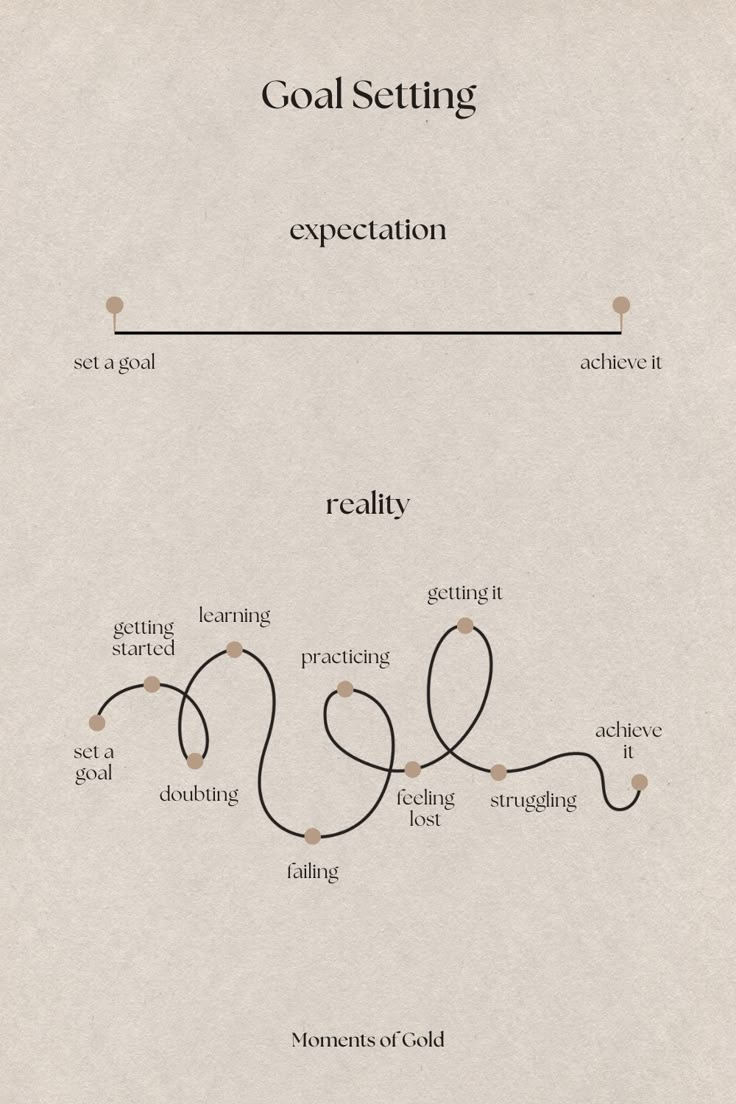Redefining Fitness Goals: Strength Over the Scale
Redefining Fitness Goals: Strength Over the Scale
For too long, fitness has been framed as a weight-loss journey—a numbers game dictated by the scale. Whether it's shedding 20 pounds in 20 weeks or chasing a certain body fat percentage, many people approach fitness with a mindset rooted in restriction, not empowerment.
But what if we flipped the script?
Instead of obsessing overweight loss, what if more men and women focused on what their bodies can do? Imagine if the most common fitness goals looked like this:
“I want to bench press my bodyweight within the next year.”
“I want to run a mile without stopping in the next three months.”
“I want to do 10 full push-ups with perfect form.”
“I want to deadlift double my bodyweight.”
If this mindset became the norm, we’d see more people reaching their ideal physique—without fixating on the scale.
Why Strength-Based Goals Lead to Better Results
1. Performance Goals Create Sustainable Progress
Chasing strength, endurance, and skill-based achievements leads to long-term commitment and consistency. Unlike crash diets or excessive cardio routines designed for quick fat loss, training to lift heavier, run faster, or master bodyweight movements builds habits that last.
2. Muscle Changes Your Physique More Than Weight Loss Alone
Losing weight doesn’t automatically give you a fit, athletic look. Building muscle and improving performance create definition, improve posture, and enhance athleticism. Whether you're aiming to bulk up, lean out, or simply feel stronger, strength-based goals help shape your body in a way that weight loss alone never will.
3. Mind-Muscle Connection is a Game-Changer
One of the biggest struggles I faced when I started training was developing a mind-muscle connection. I assumed lifting weights was just about moving heavy things up and down—but I wasn’t truly feeling the muscles work.
And honestly? I couldn’t feel much at first.
I was too tense—always holding stress in my shoulders, gripping too hard, and trying to force movements instead of letting them flow. I had to learn to relax and engage the right muscles.
If you’re struggling to see progress in your lifts or body composition, the missing piece might not be lifting heavier—it might be learning to connect with your muscles.
Once I focused on controlling my movements, breathing properly, and actually feeling each contraction, my strength skyrocketed.
4. Strength Achievements Boost Confidence
There’s something powerful about hitting a PR in the gym—whether it’s finally squatting your bodyweight, banging out your first set of pull-ups, or running a faster mile.
These wins aren’t just about aesthetics—they’re about proving to yourself that you’re getting stronger, more capable, and more disciplined. That confidence carries over into every aspect of life.
5. You Stop Letting the Scale Define You
When progress is measured by strength, endurance, and skill, the scale becomes irrelevant. No more stressing over daily fluctuations in weight—because now, you’re chasing real improvements.
And the irony? When you train for performance, your body naturally transforms in a way that looks and feels better than any crash diet ever could.
How to Shift Your Mindset Toward Strength-Based Goals
1. Set Performance-Based Goals
Instead of saying, “I want to lose X pounds,” try:
✔️ “I want to do 10 dips without assistance.”
✔️ “I want to run a sub-7-minute mile.”
✔️ “I want to improve my squat depth and form.”
2. Train for Performance, Not Just Fat Loss
Your workouts should be structured around getting stronger, faster, and more resilient—not just burning calories. Prioritize progressive overload, movement efficiency, and endurance over quick-fix weight-loss routines.
3. Improve Your Mind-Muscle Connection
If you struggle to feel your muscles working, slow down. Focus on form, control your breathing, and engage the right muscles.
If you’re doing rows but only feel tension in your arms?
Adjust your grip, retract your shoulder blades, and focus on squeezing your back.
If you’re doing squats but only feel it in your knees?
Work on bracing your core, engaging your glutes, and sitting back into the movement.
When you connect with your muscles, you maximize strength and muscle growth—leading to faster progress and fewer injuries.
4. Fuel Your Body for Strength, Not Deprivation
Ditch the extreme calorie cutting. Whether your goal is to gain muscle, maintain strength, or lose fat, fueling properly is key. Your body needs energy to lift, sprint, and recover. Eat for performance, not restriction.
5. Celebrate Non-Scale Victories
Instead of obsessing overweight, track the real wins:
✔️ You lifted heavier than last week.
✔️ You ran further without stopping.
✔️ You feel stronger and more energized every day.
Final Thoughts
Fitness should be about what your body can do, not just how much it weighs. When both men and women focus on strength, endurance, and skill development, they not only achieve their ideal physique but also build lasting confidence and discipline.
And if you’re struggling with progress, don’t just push harder—learn to connect with your body. Sometimes, the missing piece isn’t lifting heavier, but learning to relax, breathe, and engage the right muscles. Once you do that, everything changes.
So forget the scale. Set goals that challenge you, train for performance, and watch your body transform in ways far more rewarding than any number could ever show.






